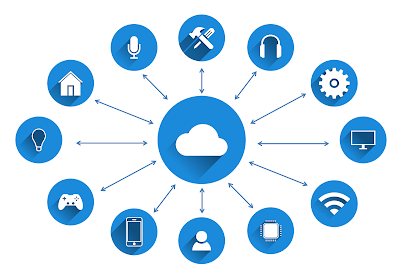Why Choose Python?
Computer programming is one of the most popular and demanding courses in the field of technology. Programming is actually a revolutionary subject that has taken the world by storm. People today, are so busy in their tough routines that they want to get their tasks accomplished within no time. Programmers and developers have made their lives hassle free by developing problem solving apps and software that could perform complicated tasks within a fraction of seconds. However, in order to develop fast and more efficient apps and programs, programmers usually demand for some user friendly programming language so that they could develop apps and programs in a more convenient environment. To fulfill this demand of programmers, python has been developed. Python is basically an object-oriented programming language. It is also referred to as a high-level programming language. It was initially released in the year 1991. Being a high level programming language, it enables straight and easy programming for both small and large applications. It basically emphasizes on the code re-usability, readability and using white space. The most important fact about python is that Python uses expressions similar to C language. Python supports multiple programming paradigms like functional programming, imperative and procedural programming as well.
Besides it's other advantages, Python can be more user-friendly. Here below are the uses of python language for different reasons:
1. Developing Multipurpose Applications:
Python can be used for developing different applications like web applications, graphic user interface based applications, software development application, scientific and numeric applications, network programming, Games as well as 3D applications. Besides this, some business applications can also be developed by using Python.
2. Multiple Programming paradigms:
One basic reason for which python is preferred by most of the programmers is because of its providing continuous support to several programming paradigms. As it supports object-oriented programming as well as structured programming. The features of python can support various concepts of functional programming language. It is used for dynamic type system and also for automatic memory management.
3. Standard Library:
Python is mainly considered the most efficient programming language for developing programs and applications. The reason is that it has a large and robust standard library for developing the applications. The standard library helps in using the different range of modules available for Python. As this module helps you in adding the functionality without writing any more code. In order to get to know about various modules, documentation on python standard library can be referred. While developing any web application, implementing web services, performing string operations and other usages like interface protocol, the standard library documentation helps.
4. Access of Database:
Database can be accessed easily and more conveniently by using Python. This type of programming language also helps in customizing the interfaces of different databases like MySQL, Oracle, Microsoft SQL Server, PostgreSQL, and other database. It is used for standard database API and freely available for download.
5. Compatible with major systems:
This type of programming language is actually developed for modern programmers as it saves developer's time. This is because Python is compatible with almost all the major systems and platforms so that can be used for developing applications. As python is an interpreted high level language, its code can be used on several platforms for developing programs and applications.6. Make complicated developments simple:
Python is a general purpose programming language. It is used for developing complicated applications and programs in a more simple and convenient way. Complex programs such as scientific and numeric applications are developed for both desktop and web without putting extra efforts. And hence, the programs are developed in a more efficient way.
7. Easy to read the Code:
The simple and easily understandable syntax of Python makes it readable as well as reusable. Because of it's simple syntax, python can be used wherever it is required. Code readability is indeed a remarkable feature of this programming language that makes it more preferable than other languages.
8. A lot of Open Source Tools:
A variety of open source tools makes this programming language easily available and accessible to all the programmers. This basic feature of python helps beginners take a start in the world of programming without getting worried about putting extra cost.









